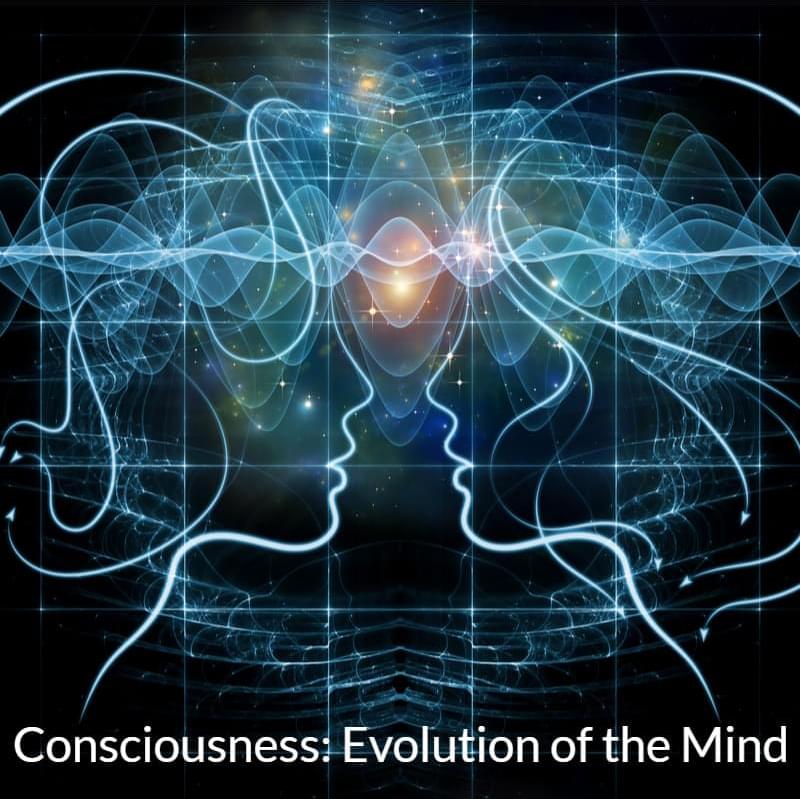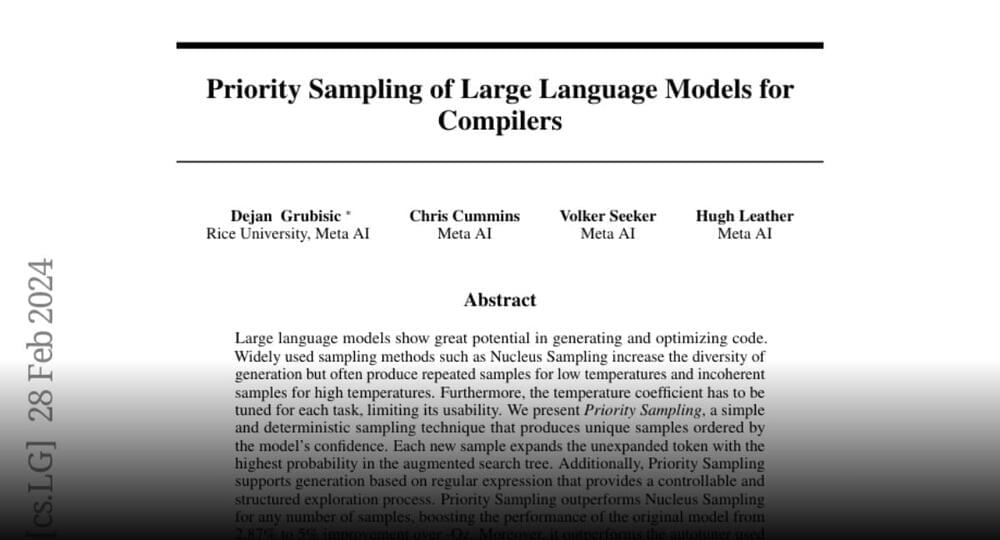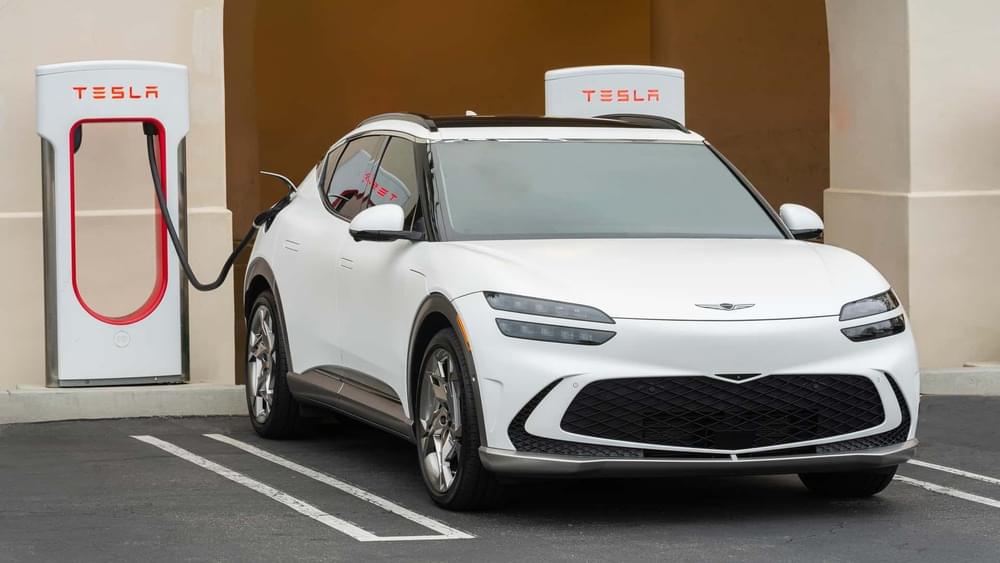Dialogues In Longevity With Dr. Aubrey de Grey, President & Chief Science Officer, Longevity Escape Velocity Foundation & Dr. Michael Rose, Director of the Network for Experimental Research on Evolution (NERE), and Professor, Department of Ecology and Evolutionary Biology, University of…
Get the latest international news and world events from around the world.
Buran and the Moonraker Mystery
Buran and the Moonraker Mysterywe embark on a captivating journey into the realm of the unknown, exploring the enigmatic connection between the Soviet space…

What do our experience of the flow of time and quantum computing have in common?
In the fascinating intersection of quantum computing and the human experience of time, lies a groundbreaking theory that challenges our conventional narratives: the D-Theory of Time. This theory proposes a revolutionary perspective on time not as fundamental but as an emergent phenomenon arising from the quantum mechanical fabric of the universe.
In my upcoming book with a working title Cybernetic Theory, the entire section is dedicated to the physics of time, where we discuss the D-Theory of Time, predicated or reversible quantum computing at large, which represents a novel framework that challenges our conventional understanding of time and computing. Here, we explore the foundational principles of the D-Theory of Time, its implications for reversible quantum computing, and how it could potentially revolutionize our approach to computing, information processing, and our understanding of the universe.
At its core, the D-Theory of Time suggests that time may not be a fundamental aspect of the universe but rather an emergent property arising from the interactions of more basic entities or processes. Time symmetry, in physics, refers to the principle that the fundamental laws governing the universe are invariant, or unchanged, when the direction of time is reversed. Given extra degrees of freedom, time is not a linear, unidirectional flow but a set of dimensions that can be traversed in both directions, akin to spatial dimensions. This perspective aligns with the concept of reversible quantum computing, where operations are not only forward but can also be reversed, preserving quantum information, and potentially enabling universal computations that are far beyond the capabilities of classical computing.

New laser experiment spins light like a merry-go-round
In day-to-day life, light seems intangible. We walk through it and create and extinguish it with the flip of a switch. But, like matter, light actually carries a little punch—it has momentum. Light constantly nudges things and can even be used to push spacecraft. Light can also spin objects if it carries orbital angular momentum (OAM)—the property associated with a rotating object’s tendency to keep spinning.
Scientists have known that light can have OAM since the early 90s, and they’ve discovered that the OAM of light is associated with swirls or vortices in the light’s phase—the position of the peaks or troughs of the electromagnetic waves that make up the light. Initially, research on OAM focused on vortices that exist in the cross-section of a light beam—the phase turning like the propeller of a plane flying along the light’s path.
But in recent years, physicists at UMD, led by UMD Physics Professor Howard Milchberg, have discovered that light can carry its OAM in a vortex turned to the side—the phase spins like a wheel on a car, rolling along with the light. The researchers called these light structures spatio-temporal optical vortices (STOVs) and described the momentum they carry as transverse OAM.
Can We CURE AGING In 7 YEARS With Combination Therapy??
Professor Ronjon Nag presents about his project on AI and healthcare, aiming at creating a multi-faceted approved therapy for extending lifespan and curing aging.
Dr. Ronjon Nag is an inventor, teacher and entrepreneur. He is an Adjunct Professor in Genetics at the Stanford School of Medicine, becoming a Stanford Distinguished Careers Institute Fellow in 2016. He teaches AI, Genes, Ethics, Longevity Science and Venture Capital. He is a founder and advisor/board member of multiple start-ups and President of the R42 Group, a venture capital firm which invests in, and creates, AI and Longevity companies. As an AI pioneer of smartphones and app stores, his companies have been sold to Apple, BlackBerry, and Motorola. More recently he has worked on the intersection of AI and Biology. He has numerous interests in the intersection of AI and Healthcare including being CEO of Agemica.ai working on creating a therapy for aging.
Please note that the links below are affiliate links, so we receive a small commission when you purchase a product through the links. Thank you for your support!
=*=*=*=*=*=*=*=*=*=*=*=*=*=*=*=*=*=*=*=*=*=*=*=*=*=*=*=*=*=*=*=*=*=
~*~ ProHealth, DoNotAge, RenueByScience~*~ Discount Coupon CODE: REVERSE
🌏ProHealth Longevity 15% OFF All Products https://prohealth.pxf.io/REVERSEAGING
Trans-Resveratrol 500mg Caps https://prohealth.pxf.io/TransResvera…
TMG Pro Powder (100 grams) https://prohealth.pxf.io/TMG100
Calcium AKG 500mg Caps https://prohealth.pxf.io/CaAKG
Full Spectrum Apigenin https://prohealth.pxf.io/apigenin.
Green Tea EGCG Extreme https://prohealth.pxf.io/
Berberine Pro 600 mg Caps https://prohealth.pxf.io/Berberine.
🧬 DoNotAge 10% OFF All Products http://tinyurl.com/wk688hav.
Pure Vitamin D3, K2 \& Magnesium http://tinyurl.com/ywxx3j7c.
Pure Spermidine http://tinyurl.com/yc2xbp65 Pure Fisetin http://tinyurl.com/3vhtt7a3
SIRT6 Activator http://tinyurl.com/mss7vrrn.
🔬Renue By Science 10% OFF All Products https://bit.ly/3pAFwDY





Woman Takes Grey Market Ozempic, Lands in Hospital
While trying to slim down a bit for her wedding day, one woman decided to take gray market semaglutide — and it landed her in the emergency room.
That woman, whom Healthline refers to as Amy Jenson to protect her privacy in its report, learned she was nearing prediabetic levels of the hemoglobin A1C at a visit to her naturopathic doctor. The naturopath suggested Jenson try semaglutide, the active ingredient in the Ozempic and Wegovy injectables, to help reach her goal weight and head off full-blown diabetes.
She purchased some semaglutide with B12 shots, which are often sold together in injectable forms from online and in-person pharmacies that operate in a legal grey area, from a compounding facility. She was initially prescribed a low dose that increased by small increments each month.